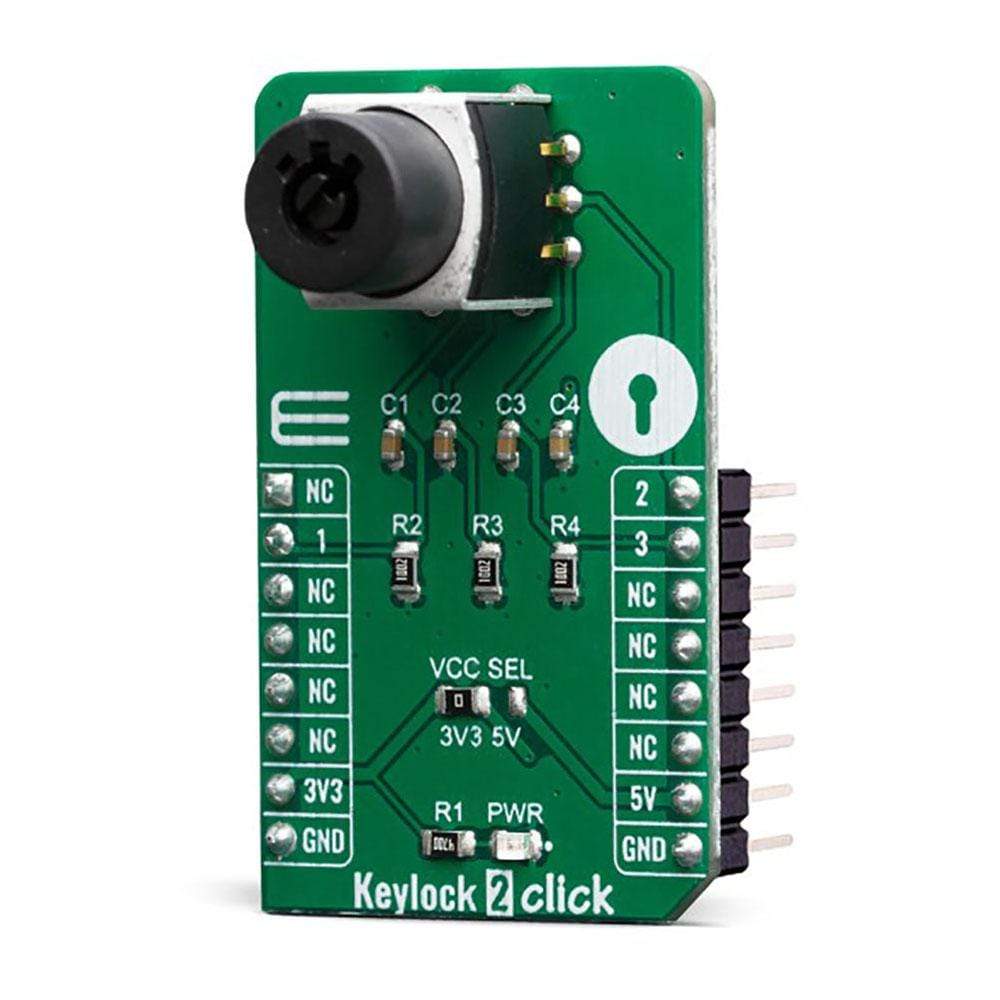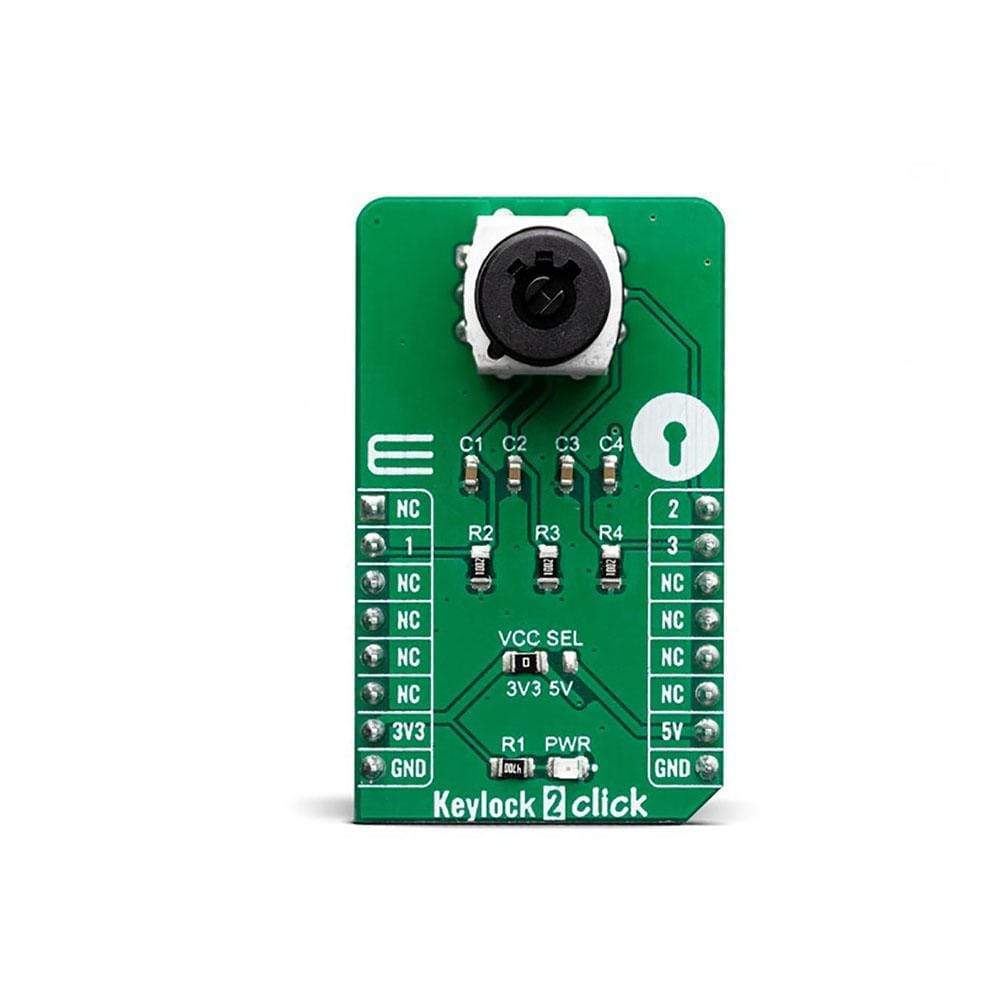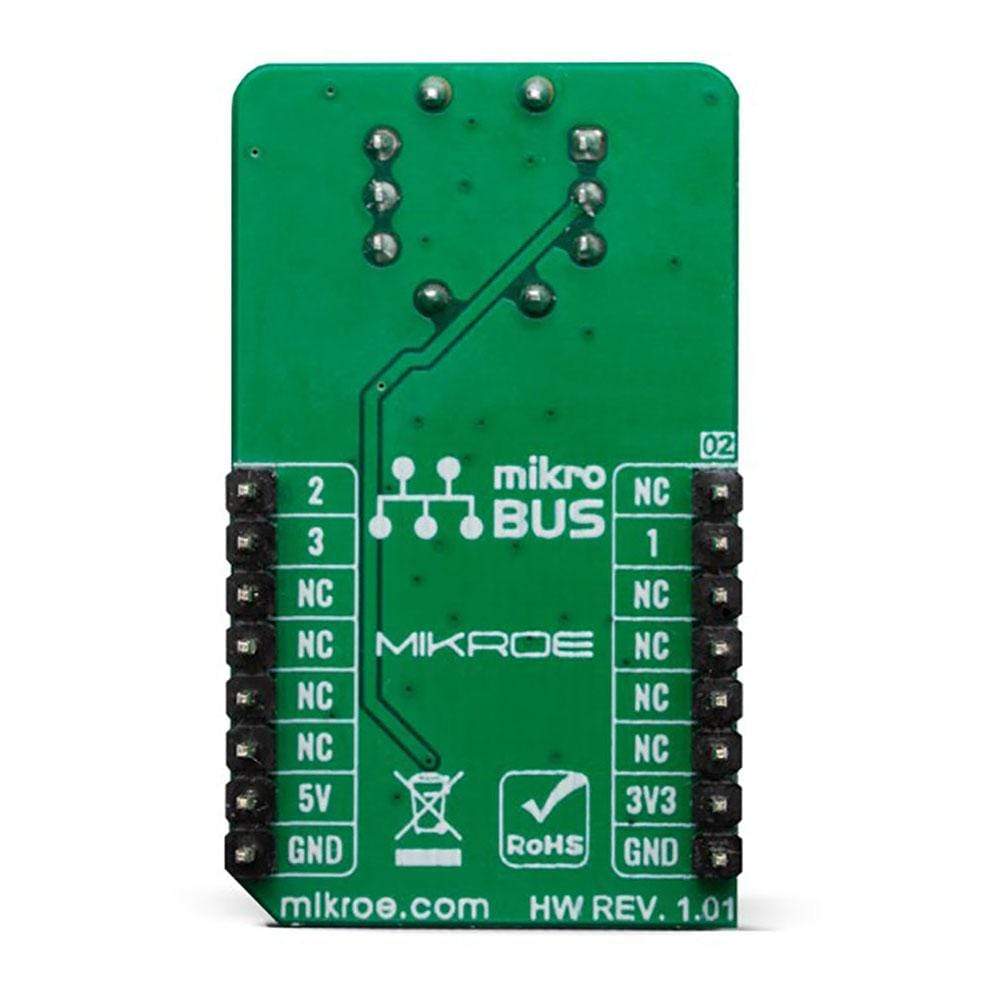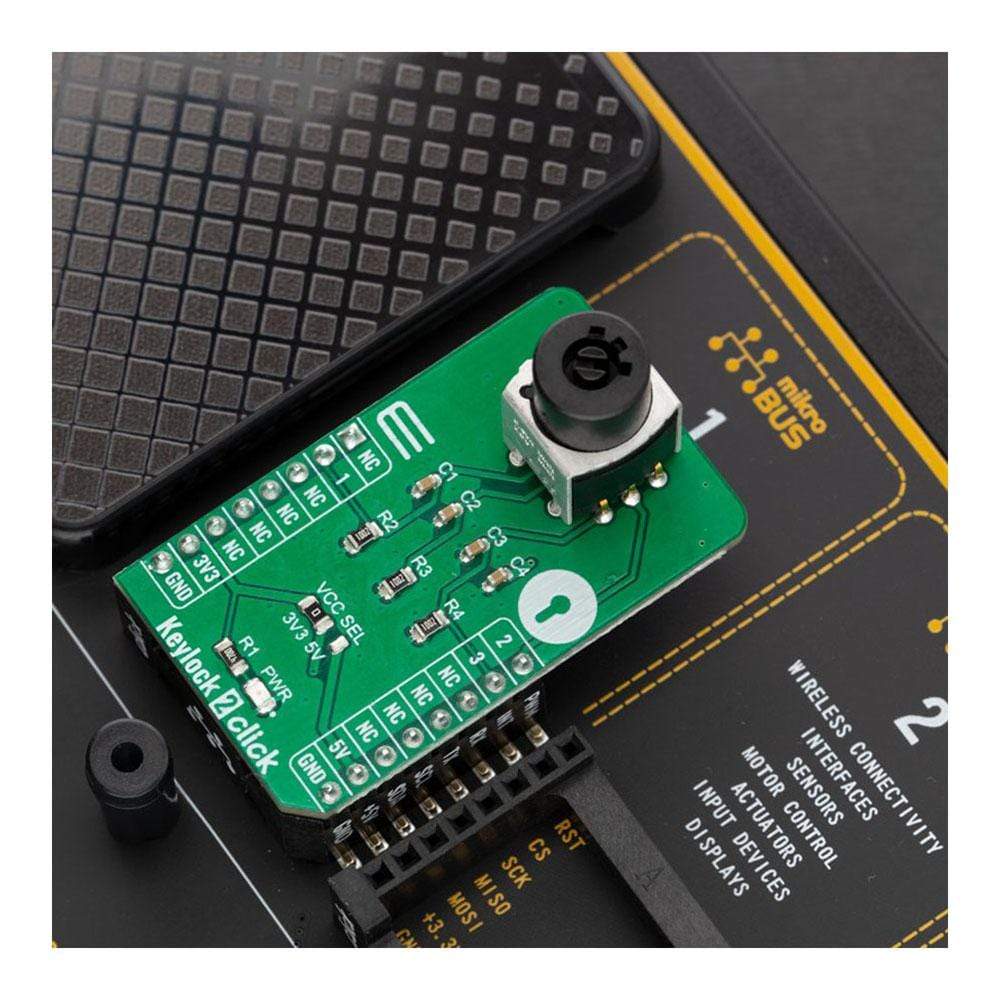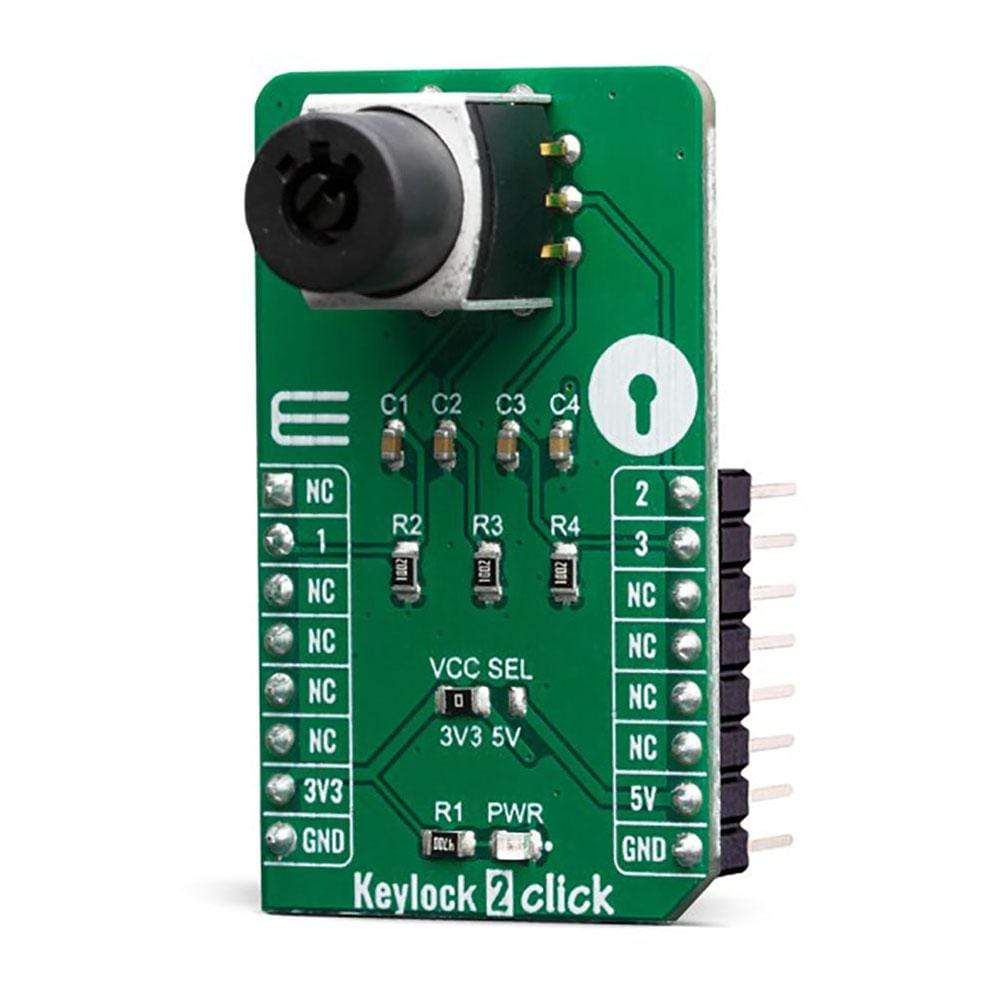
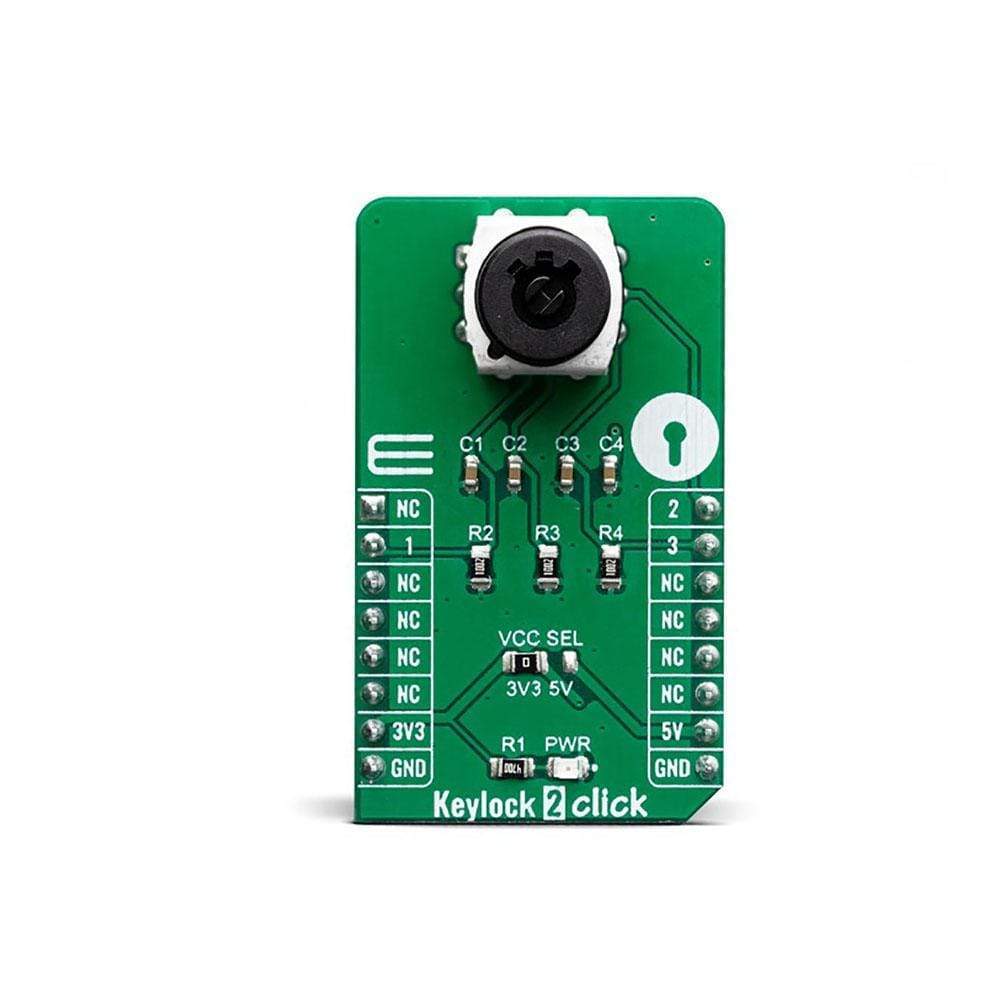
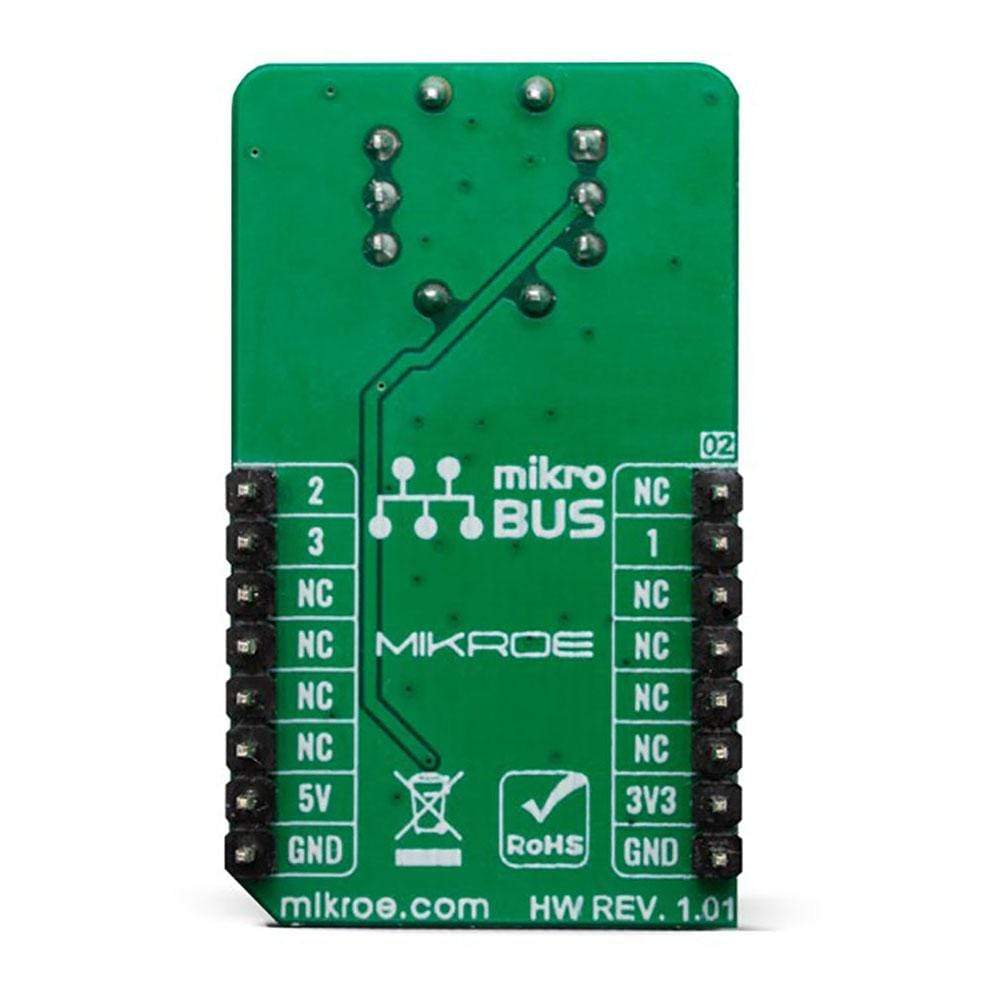
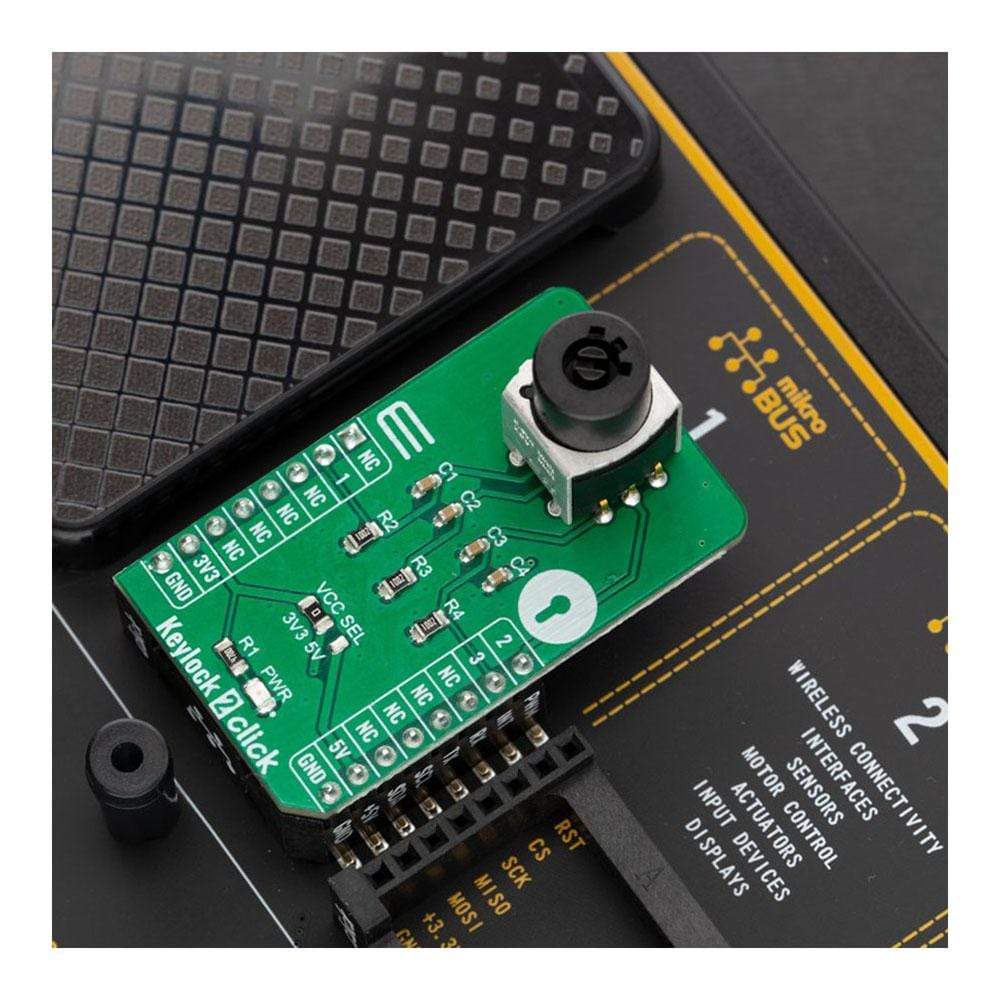
Overview
The Keylock 2 Click Board™ carries an antistatic-process sealed keylock mechanism that has three positions. This board is intended to be used for implementation into applications which require mechanical lock mechanism, as well as for testing the same concepts in early development stage. To determine the position of the key three GPIO pins are used on the mikroBUS line (PWM, INT, and RST pin). Because it can easily be installed in place of the standard lock, it is perfectly suited for development of various home security applications, industrial equipment, etc
The Keylock 2 Click Board™ comes with two keys and a protective cap for the mechanism.
Downloads
Das Keylock 2 Click Board™ verfügt über einen antistatisch versiegelten Schlüsselverriegelungsmechanismus mit drei Positionen. Diese Platine ist für die Implementierung in Anwendungen vorgesehen, die einen mechanischen Verriegelungsmechanismus erfordern, sowie zum Testen derselben Konzepte in der frühen Entwicklungsphase. Zur Bestimmung der Position des Schlüssels werden drei GPIO-Pins auf der MikroBUS-Leitung verwendet (PWM-, INT- und RST-Pin). Da es problemlos anstelle des Standardschlosses installiert werden kann, eignet es sich perfekt für die Entwicklung verschiedener Heimsicherheitsanwendungen, Industriegeräte usw.
Das Keylock 2 Click Board™ wird mit zwei Schlüsseln und einer Schutzkappe für den Mechanismus geliefert.
| General Information | |
|---|---|
Part Number (SKU) |
MIKROE-3471
|
Manufacturer |
|
| Physical and Mechanical | |
Weight |
0.022 kg
|
| Other | |
Country of Origin |
|
HS Code Customs Tariff code
|
|
EAN |
8606018715060
|
Warranty |
|
Frequently Asked Questions
Have a Question?
Be the first to ask a question about this.

